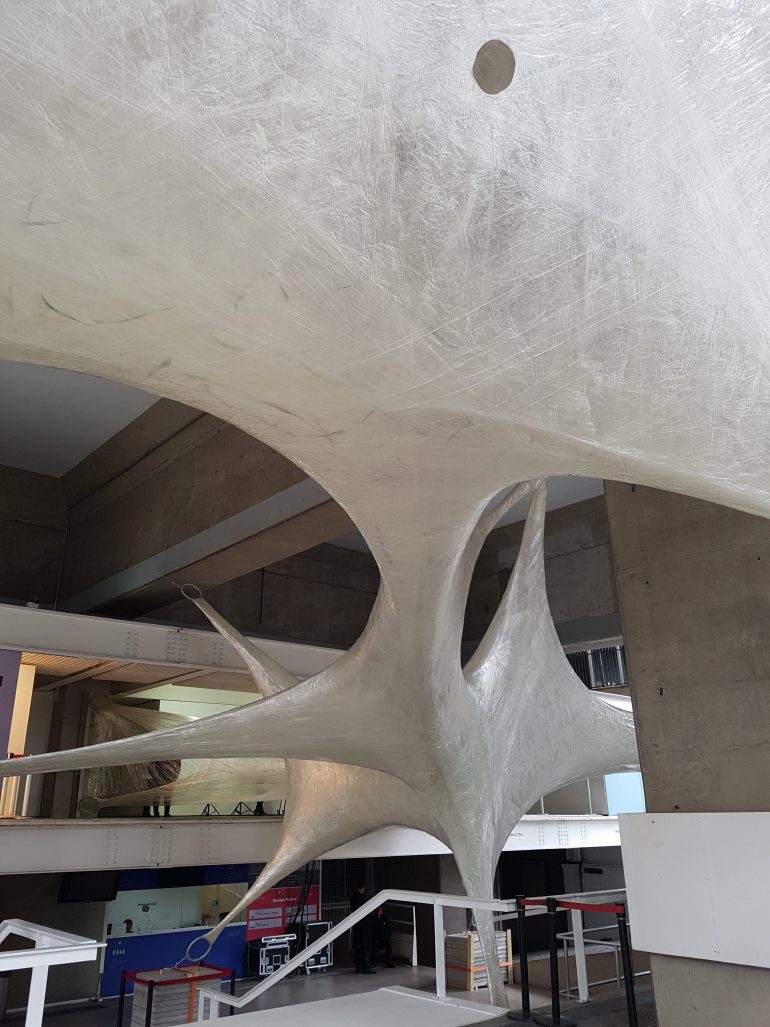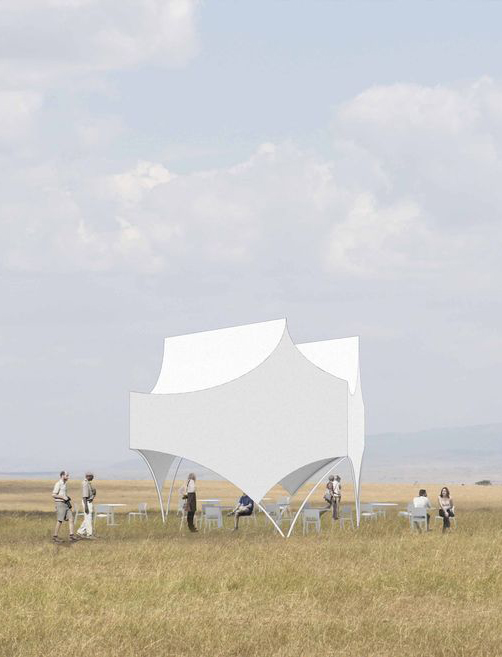
UVA UNITED VISUAL ARTISTS
Tolles Tierorchester
Die Fondation Cartier lud United Visual Artists ein, an der Ausstellung The Great Animal Orchestra mitzuarbeiten, in der die Arbeit des Musikers, Bioakustikers und Wissenschaftlers Bernie Krause gefeiert wird. Krause zeichnet seit 45 Jahren Tiere auf und hat eine Sammlung von mehr als 5.000 Stunden Klängen von über 15.000 einzelnen Arten in ihren natürlichen Lebensräumen aus aller Welt zusammengetragen. Der kreative Ansatz von UVA verband die verschiedenen Elemente des Ausstellungsinhalts im gesamten Kellerraum – Klanglandschaften, Spektrogramme und Kunstwerke – zu einer zusammenhängenden, eindringlichen Erfahrung, die Krauses Aufnahmen dreidimensionalisiert und Szenen aus der Natur vorschlägt. Die Spektrogramme bilden eine abstrakte Landschaft, eine Interpretation der verschiedenen globalen Orte und Tageszeiten, zu denen Krause die Originalaufnahmen auf eine Weise gemacht hat, die das Publikum einhüllt und es ermutigt, im Raum zu verweilen.







